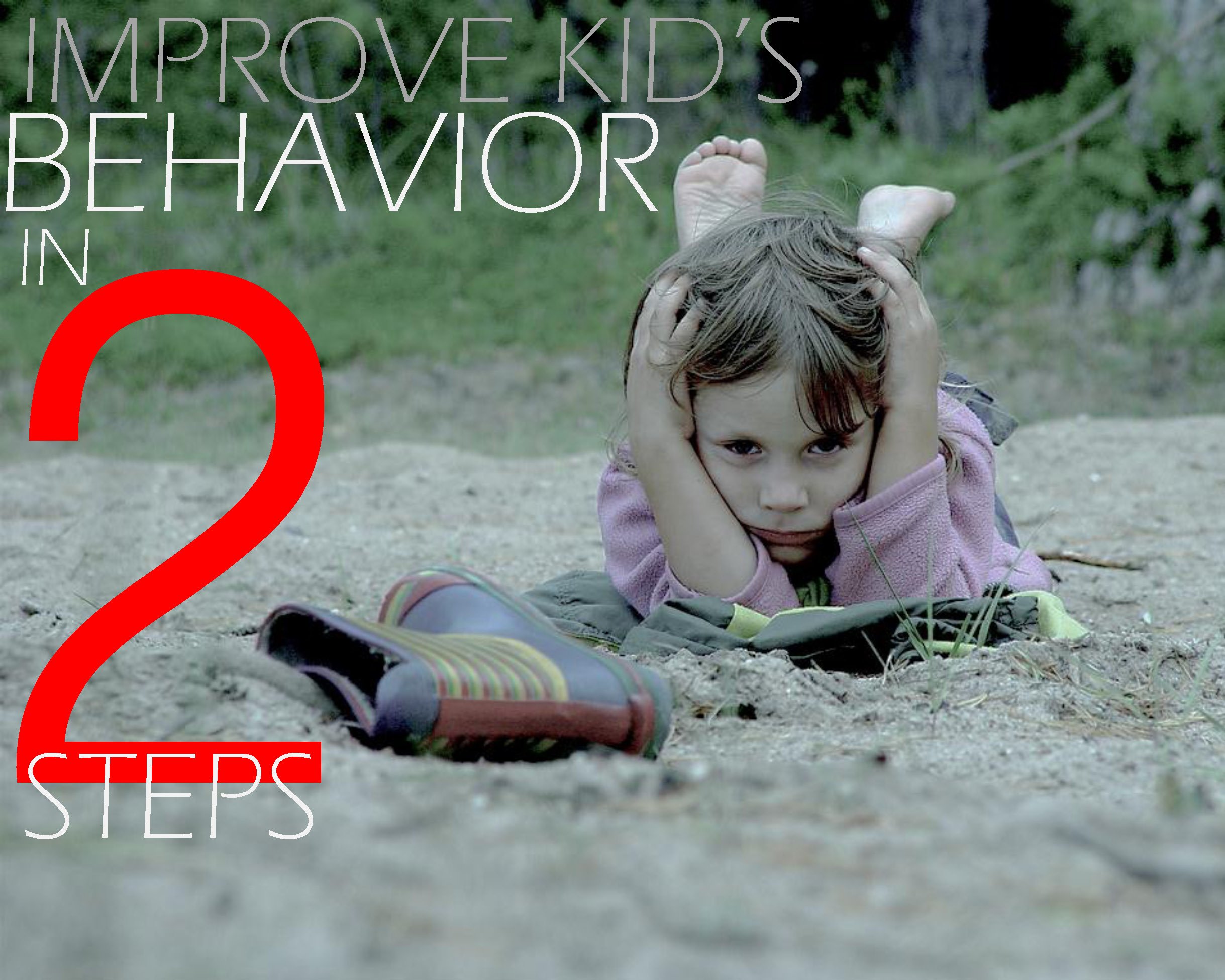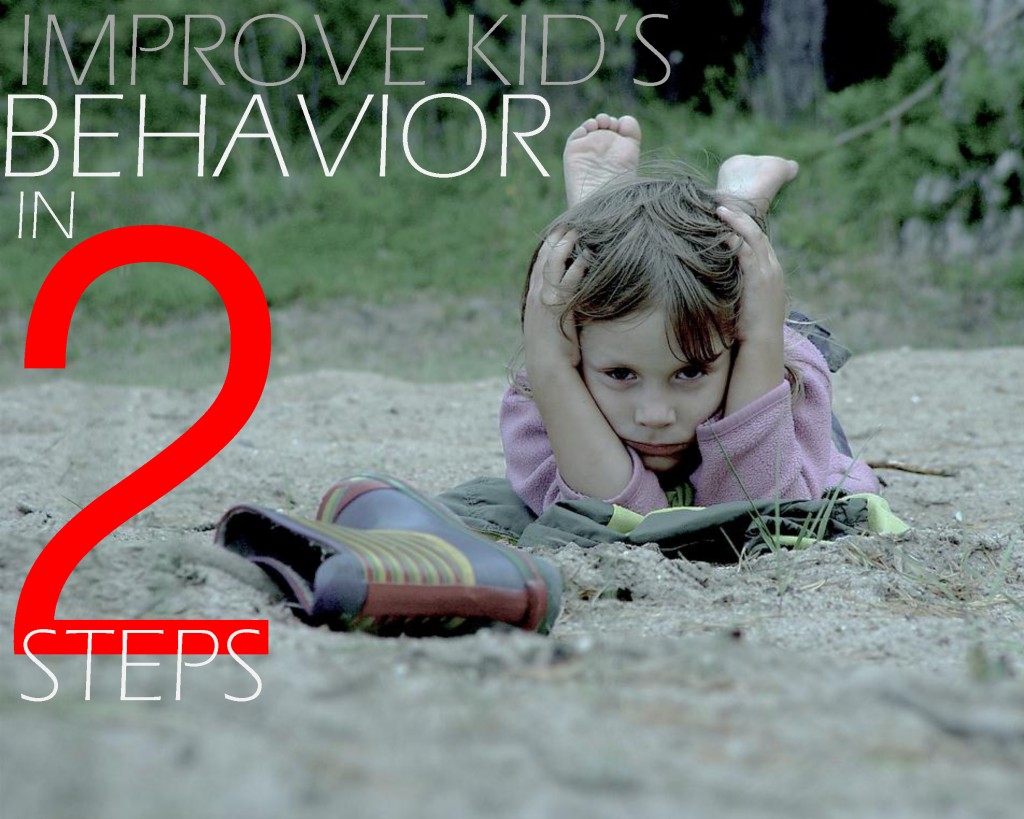Kids are more likely to work toward something positive than avoid something negative. This is key to any parenting program. When a parent understands and embraces this idea, it revolutionizes how they interact with their children. Instead of being punishment based, parents learn that positive consequences can be the greatest asset in their parenting toolbox.
Understand What the World Expects
If I don’t show up for work I will get fired or not get a paycheck. If I drive 200 mph I will get a ticket. If I am a jerk to everyone, I probably won’t have friends.
What if every time I drove 200 mph (I don’t even have a car that could come close to that speed, nor a road that straight) a police officer pulled me over and said, “Now Joe, I think you are great, you are a really nice person, next time I’m going to have to give you a ticket.” How would my behavior change?
Our world is naturally full of consequences. Thus, creating natural and planned consequences mirrors the world. As parents we are preparing our kids to enter that world that is full of consequences.
Step One | Create a system of positive and negative consequences
Some call it a “job jar” others call it a “bummer bowl,” whatever you choose to call it, here are the basics:
- Put a bunch of jobs into a bowl or jar. These should be jobs that don’t have to be done every day or every week, so don’t put “dishes” in there. Things like: wash the base boards in the living room. Sweep the garage. Mop the kitchen.
- When your child does a behavior that is different than your established expectations have them pick out two jobs from the bowl, say to them, “If you get one of those jobs done in the next 15 minutes, then you don’t have to do the second one. If you wait, complain, or dilly-dally then you will have to do both. Also, until your jobs are done you cannot [insert something they do daily like watch TV, play outside, have screen time].” Then walk away and let them choose to do one or two jobs. Also, they are choosing between no TV, screen time, fun time and doing the job. Most kids (when they trust the system) will choose to get the job done in 10 minutes or so.
- Inspect their job, if it is 80% correct let it be sufficient.
Creating a positive system takes a little bit more work
1. First, create and print our Dad Dollars and/or Mom Money. You should have at least a month’s worth of money. Here are some FREE PDFs of Dad Dollars to improve kid’s behavior and Mom money to improve kid’s behavior.
2. Create 3-5 daily goals to earn Mom Money or Dad Dollars. They should be clear and measurable, not things like “be good” but something like, no swearing, no physical aggression toward people, objects, or animals, make your bed, complete a specific chore, etc. Each of those items will be worth a Dad Dollar or Mom Money
3. Create a menu of things within your budget that the kids can earn. Here are typical things they can earn. Remember, the menu is the ONLY way they can earn it. If there is an easier way, they won’t do the system. Kids are like water, they take the path of least resistance. Here are some examples:
- A soda pop
- Friend spending the night
- Putt-putt mini golf
- Going to ride go-carts
- Picking what is for dinner from what is in the house
- Picking a restaurant to go to
- Go out for ice cream
- Renting a movie
4. Add values to each item. Think about two things: How many “perfect days” equal that item. For example, if your pop cost $3 and your kids are perfect, do you want them having a soda pop daily? Make sure you set the costs high enough, you can always have “discount days.” Second, look at how they compare to one another. For example, if going out for ice cream is $20 and picking dinner at home is $50 your kids will probably choose ice cream.
5. Remind your kids that you always have final say, just because they earned a pop does not mean they can buy a Red Bull and drink it whenever they want. Some parents even set times that the “store” is open.
Step Two | Follow through and be consistent
After you have established a positive and negative consequence system, give it 4-6 weeks. Your kids will test you to see if you are going to follow through even when it gets tough. If you give in, they will learn that if they are bad enough, then you will quit new systems. This will only make your future harder.
Joseph R. Sanok, MA, LLP, LPC, NCC is a licensed counselor in Traverse City, MI at Mental Wellness Counseling. He is a frequent columnist with the Record Eagle and is the author of several books including: Mental Wellness Parenting | A remarkably simple approach to making parenting easier and The Ten-minute Toddler Turnaround | Improving Sleep: Changing your toddler’s sleep health in ten-minutes.
To link to Joe’s Google+ .
[CONTACT-US-FORM]
Thank you to rolands.lakis for the image.



